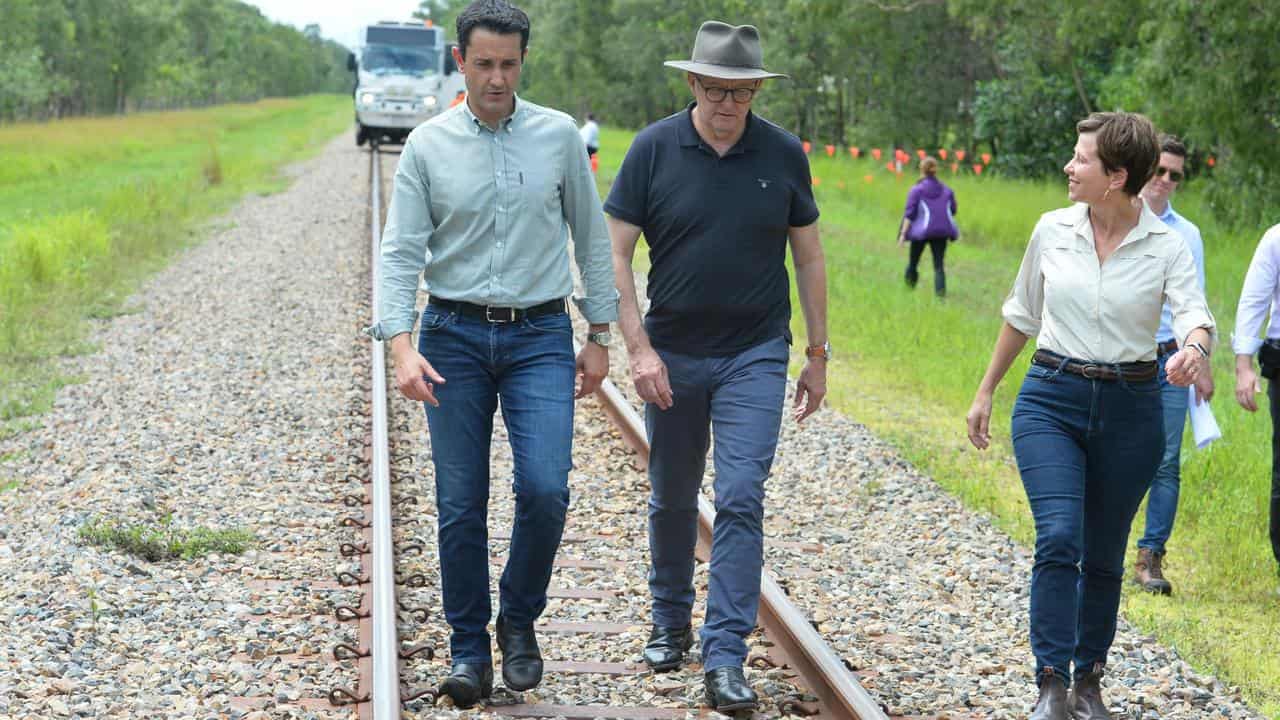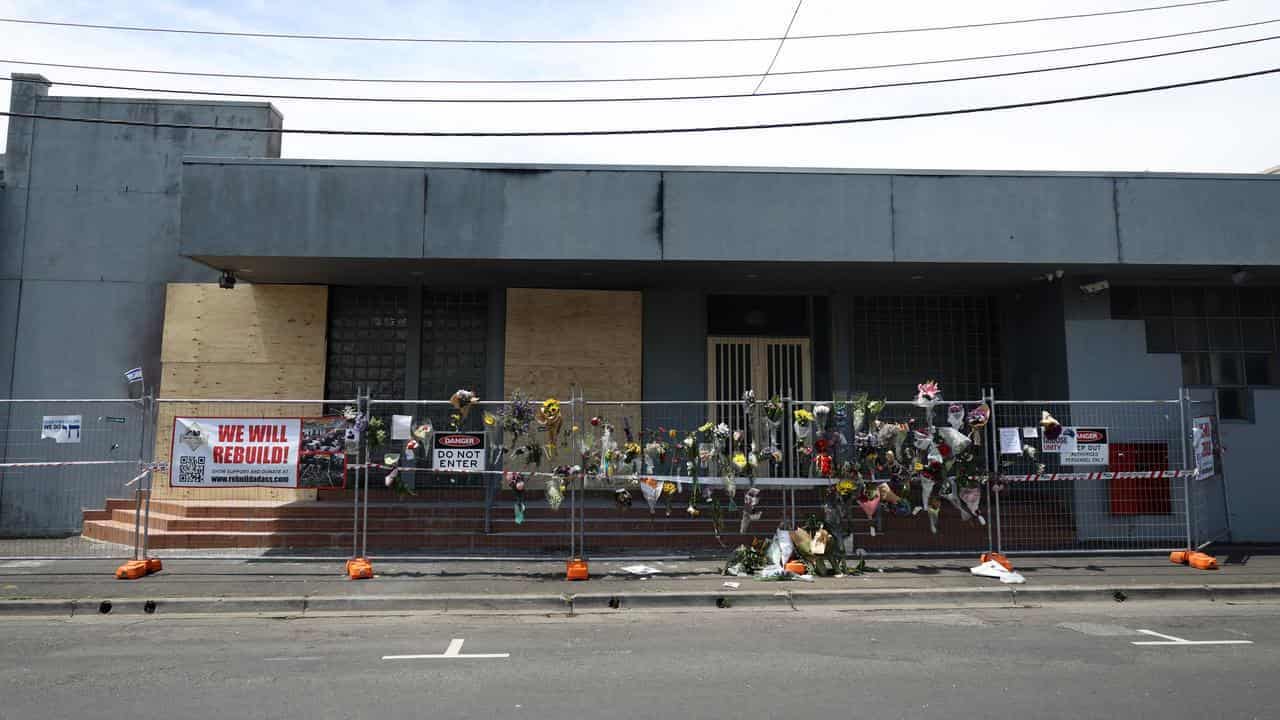The Statement
AAP FactCheck examined a Facebook post on a page called Australian Anti-Fluoridation Association from September 13, 2019 which includes an image of a small shopfront with a sign across its top which reads: Drink Flouride(sic) Free Water For better Health. The sign features the logos of four organisations: Water & Sanitation for the Urban Poor (WSUP), the UKs Department for International Development (DFID), the United Nations Human Settlements Program and the World Wildlife Fund (WWF).
On the sides of the shop front are words written in Swahili which, according to Google Translate, say water containing fluoride and water without fluoride in litres" above lists of prices.
The posts caption reads: UK Government Department For International Development (DFID), United Nations Human Settlements Programme (UN-Habitat), World Wildlife Fund (WWF), Water and Sanitation for the Urban Poor (WSUP) all campaigning for Fluoride Free Water. They spelled the F word incorrectly, but their hearts are in the right place. The post then includes a link to a 2011 story in The Guardian newspaper.
The Australian Anti-Fluoridation Association has more than 1800 likes on its Facebook page. The page states the group was founded in 1963 ... to educate and inform people of the Fluoridation Folly.
The post has been shared more than 70 times and attracted more than 20 reactions.
The Analysis
The image used in the post was taken from the 2011 article in The Guardian newspaper, which is titled Partnership working brings safe water to Kenya's poor. The article covered a project to build partnerships between service providers and businesses in the Kenyan town of Naivasha to ensure the locals had access to safe drinking water.
The article mentions WSUPs work on water projects in Naivasha. The works began in 2007 and included investment in rehabilitating and equipping the private boreholes, constructing storage, fluoride treatment, distribution and a network of water kiosks, the newspaper said.
Kenyan towns such as Naivasha rely on groundwater from boreholes for their domestic and agricultural demands. In these areas, the water sources have displayed naturally occurring concentrations of fluoride of between 0.02mg/L and 75mg/L.
In the Central Rift Valley in Kenya, where Naivasha is located, 73 per cent of water sources exceed the safe limit of fluoride concentration of 1.5 milligrams per litre set by the World Health Organisation. While fluoride in water up to a level of 1.5mg/L is rated safe to consume and can help reduce tooth decay in children and adults, the WHO says prolonged exposure to excessive levels of fluoride concentrations can result in fluorosis, a disease that can affect teeth and bones.
Australian Anti-Fluoridation Association also added the post to an album on its page titled, Organizations Campaigning for Fluoride Free Water. The albums title includes a sub-heading that reads, Help build the list, let us know about organizations campaigning for Fluoride Free Water.
A spokesperson from WSUP told AAP FactCheck that WSUPs involvement in the Naivasha water project ended in 2014.
When we handed the facilities over to the community-based management, the water quality test results were within WHO guidelines, the spokesperson said.
Our position on this is that fluoride levels should be within WHO guidance.
WSUP works with utilities and businesses to develop services which generate revenue in order to support communities which lack access to water and sanitation.
The WHO is an international organisation working to combat disease and coordinate international health responses. The organisation is an agency of the United Nations, as is UN-Habitat.
WWF is an international conservation organisation working in 100 countries.
A WWF spokesperson told AAP FactCheck while the organisation recognised the importance of considerations regarding adding fluoride to drinking water, it is the preference of WWF to ensure that public commentary on this matter is left to public health experts.
WWF has never campaigned for fluoride-free water, the spokesperson said.
A spokesperson from the DFID told AAP FactCheck that UK aid is providing millions of people in the worlds poorest countries with safe drinking water, meaning they can live safer, healthier and more prosperous lives.
This includes making sure water does not contain a high concentration of minerals like fluoride, which can be dangerous to peoples health, the spokesperson said.
In Australia, the National Health and Medical Research Council (NHMRC) recommends water fluoridation and supports a range of 0.6mg/L to 1.1mg/L of fluoride in drinking water supplies.
The Verdict
Based on the evidence, AAP FactCheck found the Facebook post to be false. The photo used by the Australian Anti-Fluoride Association is inaccurately captioned to suggest the organisations whose logos appear on a sign had campaigned for fluoride-free water. However the photograph accompanied a story about water treatment work in a Kenyan town affected by high natural levels of fluoride in drinking water. WSUP and DFID advised their work was to treat water to reduce fluoride to safe levels in line with WHO guidelines. WWF advises it has never campaigned for fluoride-free water.
False - The primary claim of the content is factually inaccurate.
* AAP FactCheck is an accredited member of the International Fact-Checking Network. To keep up with our latest fact checks, follow us on Facebook, Twitter and Instagram.
First published September 23, 2019, 17:19 AEST











